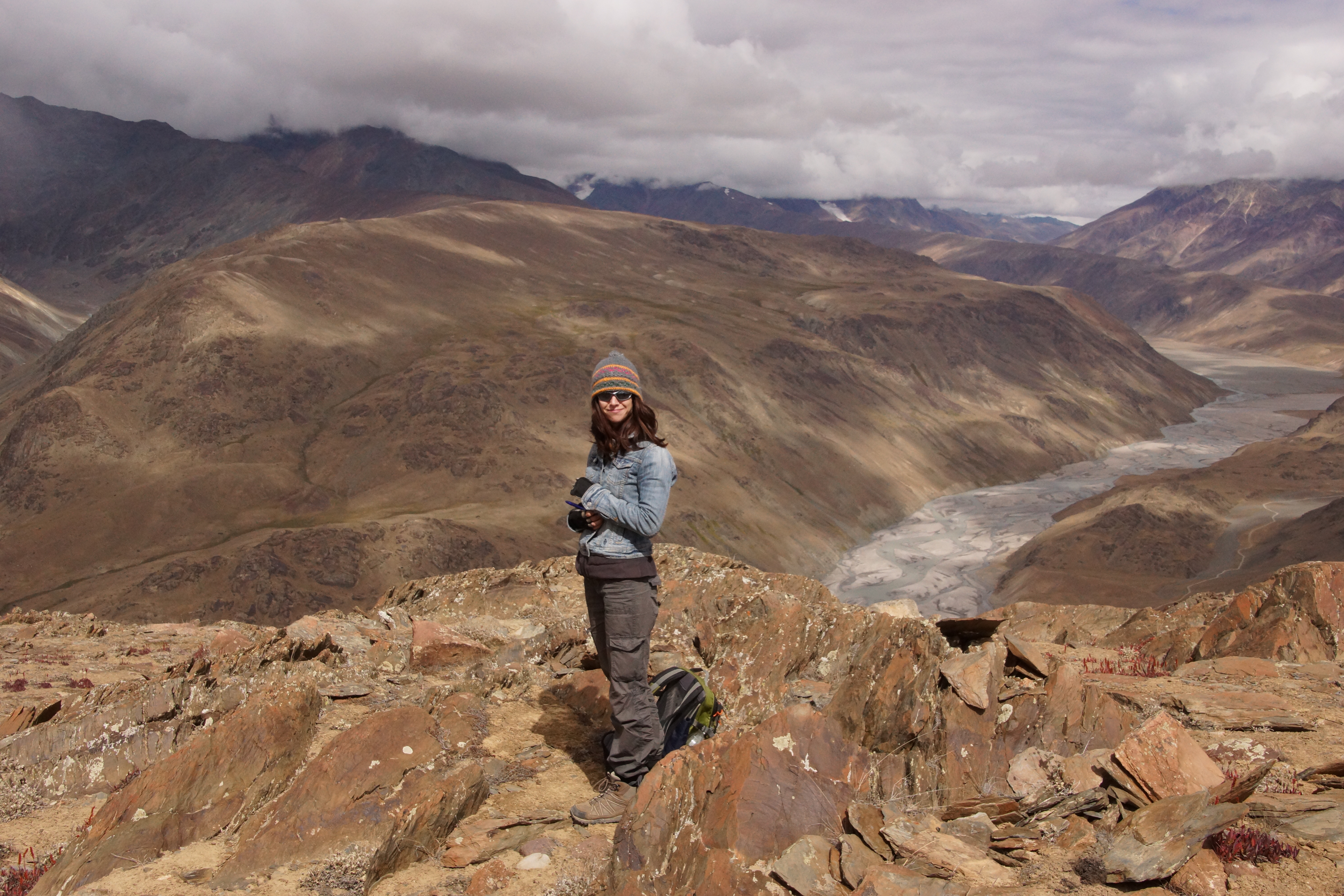Modeling vegetation change during Late Cenozoic uplif of the East African plateaus
Abstract
The present-day vegetation in the tropics is mainly characterized by forests worldwide except in tropical East Africa, where forests only occur as patches at the coast and in the uplands. These forest patches result from the peculiar aridity that is linked to the uplift of the region during the Late Cenozoic. The Late Cenozoic vegetation history of East Africa is of particular interest as it has set the scene for the contemporary events in mammal and hominin evolution. In this study, we investigate the conditions under which these forest patches could have been connected, and a previous continuous forest belt could have extended and fragmented. We apply a dy- namic vegetation model with a set of climatic scenarios in which we systematically alter the present-day envi- ronmental conditions such that they would be more favourable for a continuous forest belt in tropical East Africa. We consider varying environmental factors, namely temperature, precipitation and atmospheric CO2 con- centrations. Our results show that all of these variables play a significant role in supporting the forest biomes and a continuous forest belt could have occurred under certain combinations of these settings. With our current knowledge of the palaeoenvironmental history of East Africa, it is likely that the region hosted these conditions during the Late Cenozoic. Recent improvements on environmental hypotheses of hominin evolution highlight the role of periods of short and extreme climate variability during the Late Cenozoic specific to East Africa in driving evolution. Our results elucidate how the forest biomes of East Africa can appear and disappear under fluctuating environmental conditions and demonstrate how this climate variability might be recognized on the biosphere level.
